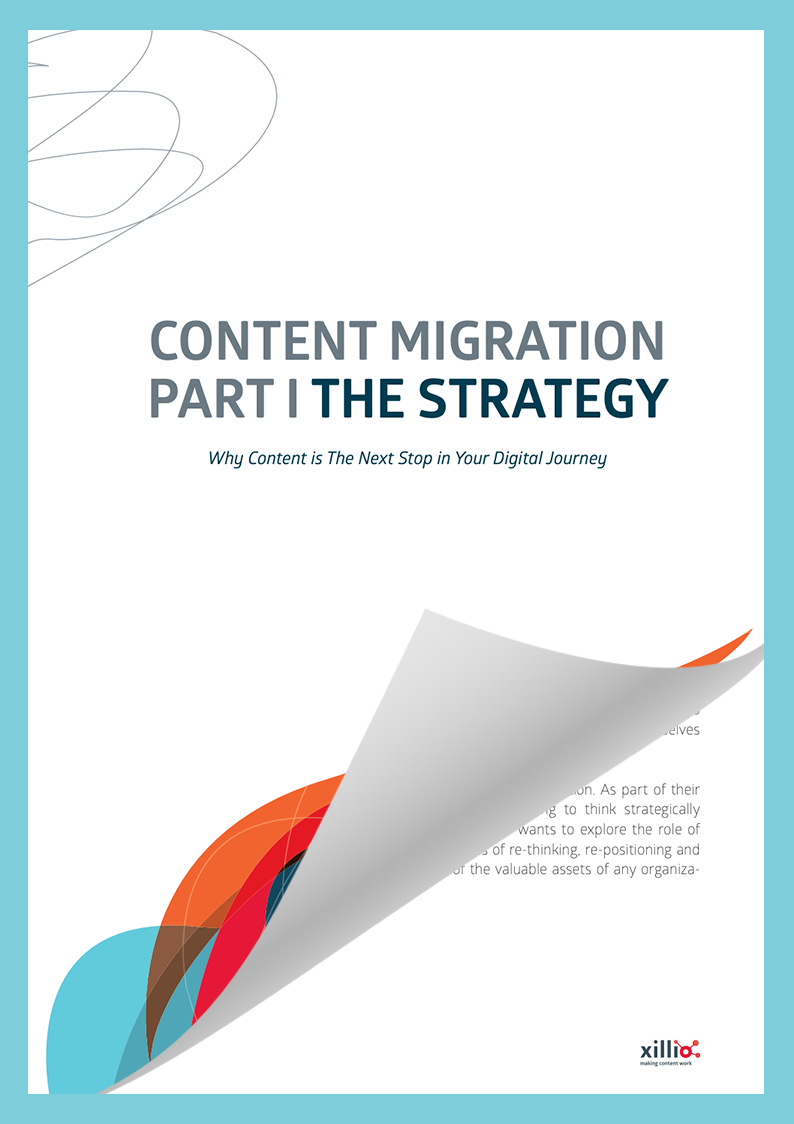Popular resources
Popular resources
Migrate SharePoint on-premise to SharePoint Online

As of now, older versions of SharePoint like SharePoint 2010 and 2013 have reached the end of their lifecycle or are close to it. Even SharePoint 2016 and 2019, while currently supported, may not offer some of the advanced features and security enhancements available in Microsoft 365. Therefore, migrating from an on-premise solution to Microsoft 365 is increasingly becoming a necessity for many organizations.
Of course, there are other solutions that can successfully deliver a simple SharePoint on premise to Office 365 migration. However, if you go with one of these options, you can be sure the value of your content will not improve, and that does not help you make your documents easier to find in the new environment or to meet compliancy.
When you perform a simple one to one migration of content to a new SharePoint environment, you are left with worthless content such as duplicates, or content lacking good metadata.
Would you like to fully utilize your new Office 365 (incl. SharePoint Online, Teams, OneDrive)? If so, you first need to improve the quality of the content during the migration. Once you clean the content properly, then you can associate it to a new uniform data structure and metadata model.
Xillio offers a number of possibilities – beyond just the actual SharePoint on premise migration – to also transform content during the migration process in a flexible manner by:
We use Xillio Insights to analyse the extracted SharePoint data and make these data-driven decisions.
Do you want to know what we can do for your migration to SharePoint? Do you want more practical tips for an optimal migration to SharePoint? Then contact us or request a quote using the form below.
As part of their Digital Transformation, organizations are beginning to think strategically about their content.
This white paper wants to explore the role of content migration in that process of re-thinking, re-positioning and re-invigorating what is one of the valuable assets of any organization: its content.




Fill out the form and we will contact you shortly
Xillio is the world's leading content migration company. We offer cutting-edge technology and services to help organizations maximize the value of their content, no matter where it is stored. As a Microsoft Content AI Preferred Partner, Xillio ensures seamless integration and superior performance.
%20(300%20x%2060%20px)%20(3).png?width=635&height=127&name=ISO%20email%20signature%20(390%20x%2060%20px)%20(300%20x%2060%20px)%20(3).png)
|
Xillio Europe
Xillio UK
Xillio USA
Send an email to sales@xillio.com